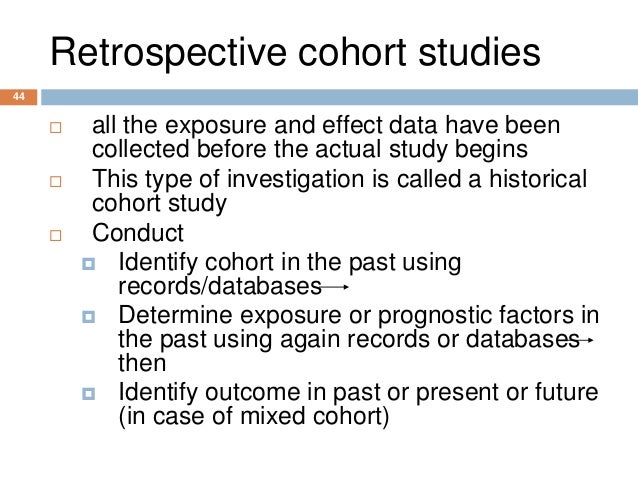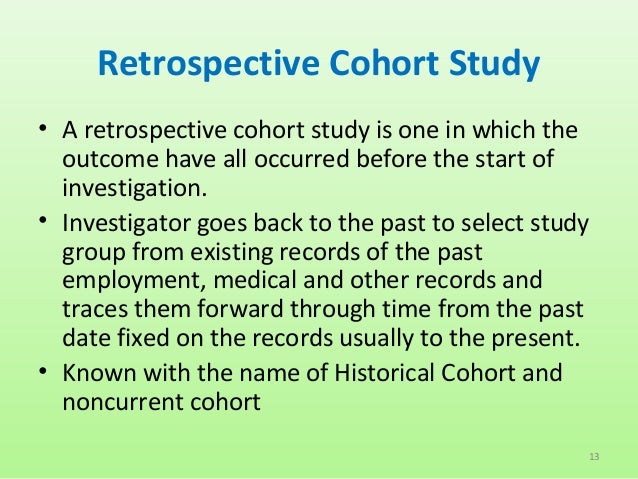

We demonstrate the method using data from a prospective cohort study of pneumonia among women. The essential advantage of the approach is to increase precision when effects of exposures are homogeneous across retrospective and prospective occurrences, or point investigators towards insights regarding data collection or disease process when exposure effects are heterogeneous. In particular, we describe methods that allow one to combine information from retrospective and prospective occurrence times into models for bidirectional occurrence times. Here, we show how information obtained on retrospective occurrence times may be used to improve inference on the relative hazard of the recurrent event.

Such information on the history of occurrences is typically used as eligibility criteria, or summarized as covariates, which may be thought to confound or modify the relation between the exposure of interest and the prospective occurrence. In addition to the prospective ascertainment of an occurrence, investigators often quantify (to varying degrees) the number and timing of occurrences prior to enrolment into the cohort. It is common for investigators to follow cohort members for the first occurrence of the event of interest, especially when recurrences are infrequent. Examples of events that may recur abound in epidemiological research, including myocardial infarction, depression, influenza and pneumonia. Prospective cohort studies are often used to explore possible determinants of recurrent events. The proposed method for the analysis of bidirectional occurrence times will improve precision when the estimated associations are homogeneous across occurrence types, or may provide added insight into either the data collection or disease process when the estimated associations are heterogeneous.Ĭohort studies, HIV-1, survival analysis, recurrent events This hazard ratio was homogeneous across retrospective and prospective occurrences ( P for interaction = 0.96) and combining occurrence types increased the precision by reducing the standard error by about a fourth.Ĭonclusions As expected, HIV-1 infection increases the hazard of pneumonia, with more precise inference obtained by combining information available on bidirectional occurrences. Results The hazard of non- Pneumocystis carinii pneumonia among the 2056 HIV-1 infected women was 2.24 times (95% confidence limits: 1.74, 2.89) that of the 554 uninfected women, independent of age. We illustrate our methods using data from the Women's Interagency HIV Study, which recorded 384 retrospective and 352 prospective occurrences of pneumonia in 9478 retrospective and 7857 prospective person-years among 2610 adult women.

Methods We demonstrate how the observed data can be expanded from one to two records per participant and account for the within-individual dependence when estimating variances. Background The authors show how information collected on retrospective occurrence times may be combined with prospective occurrence times in the analysis of recurrent events from cohort studies.


 0 kommentar(er)
0 kommentar(er)
